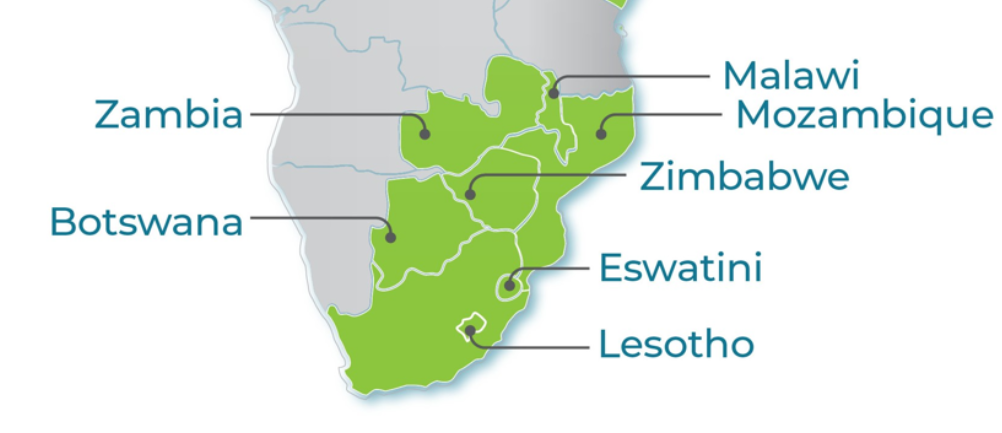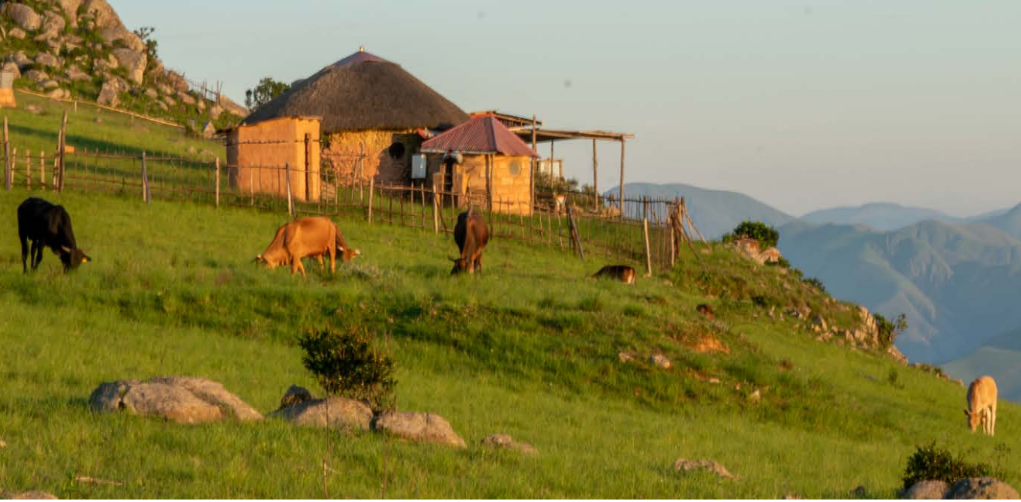Eswatini Project
Timeframe
November 2021 to April 2023
Context
Agriculture is the main source of income for most of Eswatini’s population.
Agriculture contributes to around 9% of the country’s GDP, half of which comes from livestock production. Most cattle are farmed in traditional livestock production systems.
Eswatini’s NDC (2021) commits to reducing emissions by 5% by 2030 or by 14% with external financing. Action on livestock emissions requires that Eswatini uses a more advanced method to quantify GHG emissions, which the NZCSA initiative has delivered.
The NZCSA project was implemented as a pilot of regional inventory support for 4 countries Botswana, Eswatini, Lesotho and Mozambique. It was completed on time in April 2023 and all objectives were met.
Impact
The NZCSA project was implemented as a pilot of regional inventory support for 4 countries Botswana, Eswatini, Lesotho and Mozambique. It was completed on time in April 2023 and all objectives were met.
The CSA Initiative has helped build Eswatini’s capability and capacity to accurately measure and report cattle emissions using the Tier 2 method for the first time. This means there are now people in the country who can produce these internationally required reports.
Results/Resources
Project Information
Implementation Partners
In-country partners
The University of Eswatini (UNESWA)
Ministry of Agriculture (MoA)
Ministry of Tourism and Environmental Affairs (MTEA) and the Climate Change Unit (CCU)





